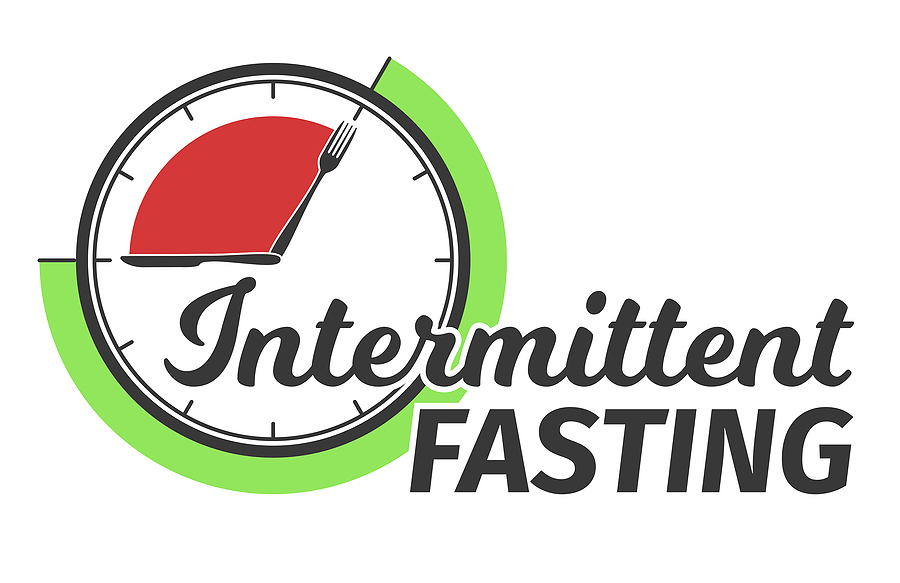Intermittent fasting continues to gain popularity. Because of this I thought it would be helpful to look at the benefits of intermittent fasting.
But before we examine the benefits, let’s understand what intermittent fasting is.
Intermittent fasting is an eating pattern that includes periods of eating followed by periods of fasting. And while there are several ways you can do this, the most common methods are the following:
The 8/16 Method – In this method you restrict your daily eating to an 8 hour period. Then fast for 16 hours. It is a daily program or eating pattern. The key is when you decide to take your first meal. Some people skip the breakfast meal and start eating around 12 noon or 1 pm. Their last meal would then be either 8 or 9 pm.
Personally I believe they would be better served by starting with breakfast at 8 or 9 am. Then making sure that their final meal for the day was at 4 or 5 pm.
The reason why I make this recommendation is that you will do a better job utilizing stored fat as an energy source during the sleep phase at night.
If you eat at 9 pm before sleeping, then the calories of your last meal will be used by your body, instead of your body using its stored fat. This process of using store fat while you sleep helps to reshape your body in a positive way.
Alternate Day Fasting – In this program you eat normal one day and then fast completely the following day. Most people make their dinner meal the last meal. Then 24 hours later start eating with their dinner meal.
A variation of this program is fasting once or twice per week instead of doing it every other day.
The 5:2 Intermittent Fasting – In this program you restrict your caloric intake to 500 to 700 calories for the day. And you do this on just two days per week. Most people make sure that the two days they reduce their caloric intake are not consecutive days.
Of all three programs, the 8/16 method is the simplest to follow. And the most sustainable to maintain.
Now that we understand the 3 main types of intermittent fasting, let’s look at the benefits. Read More →
